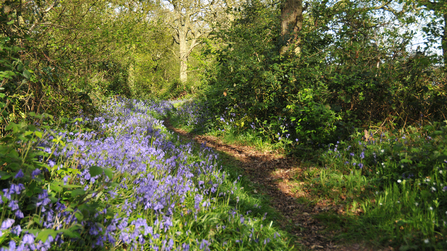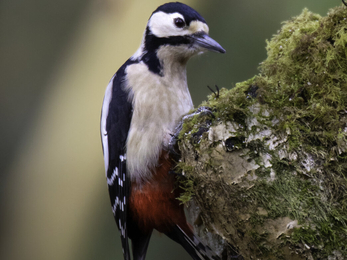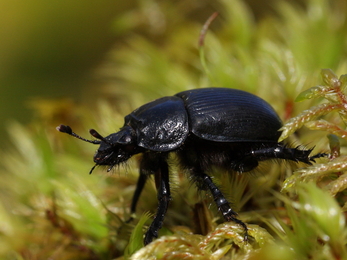Think of a wildlife-rich woodland and your thoughts may turn to a carpet of bluebells, trees brimming with birdsong, and butterflies flitting beneath the branches. Perhaps you recall peering into a rotting tree trunk and marvelling at the insects or the fungi.
But how do we keep our woodlands thriving?




